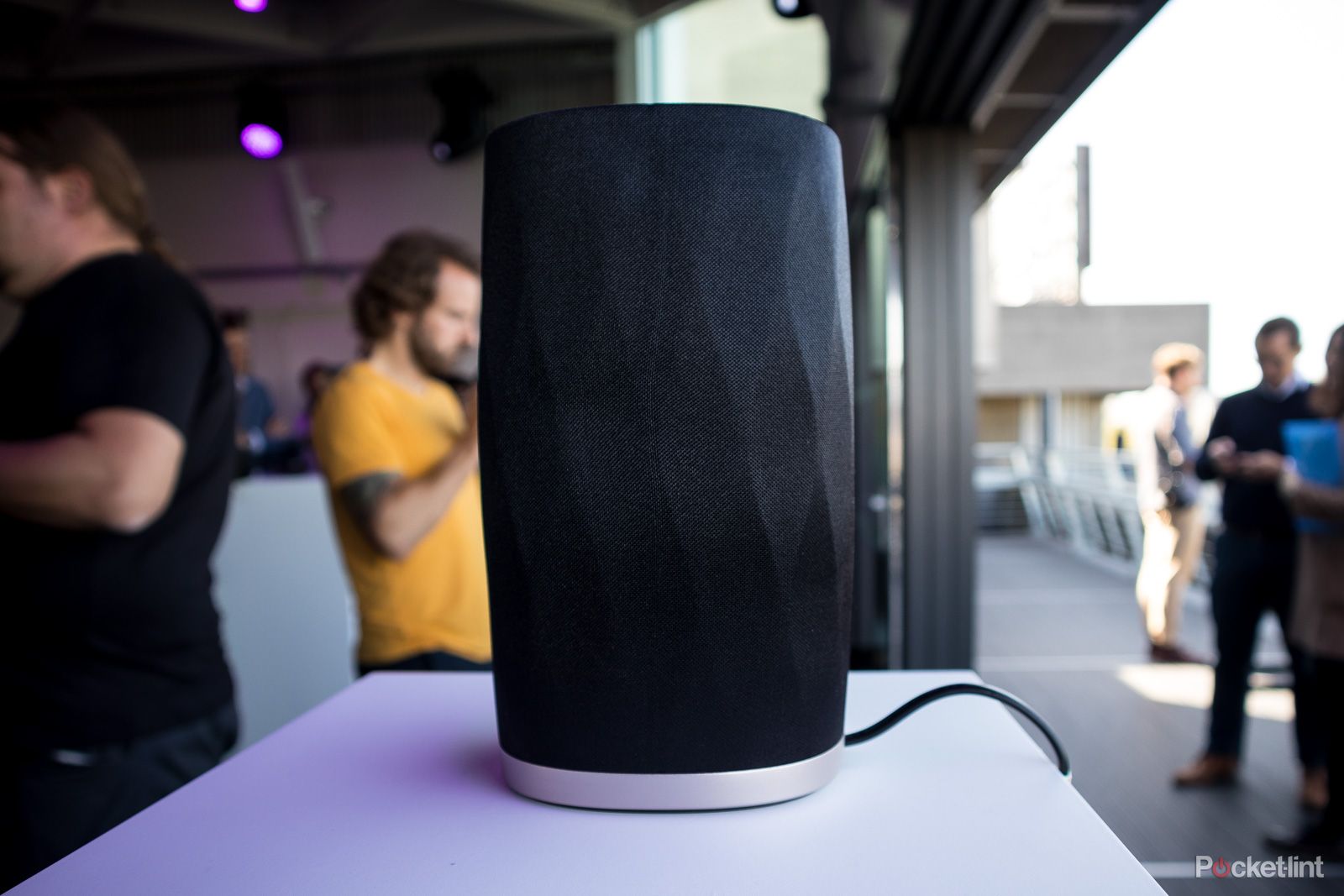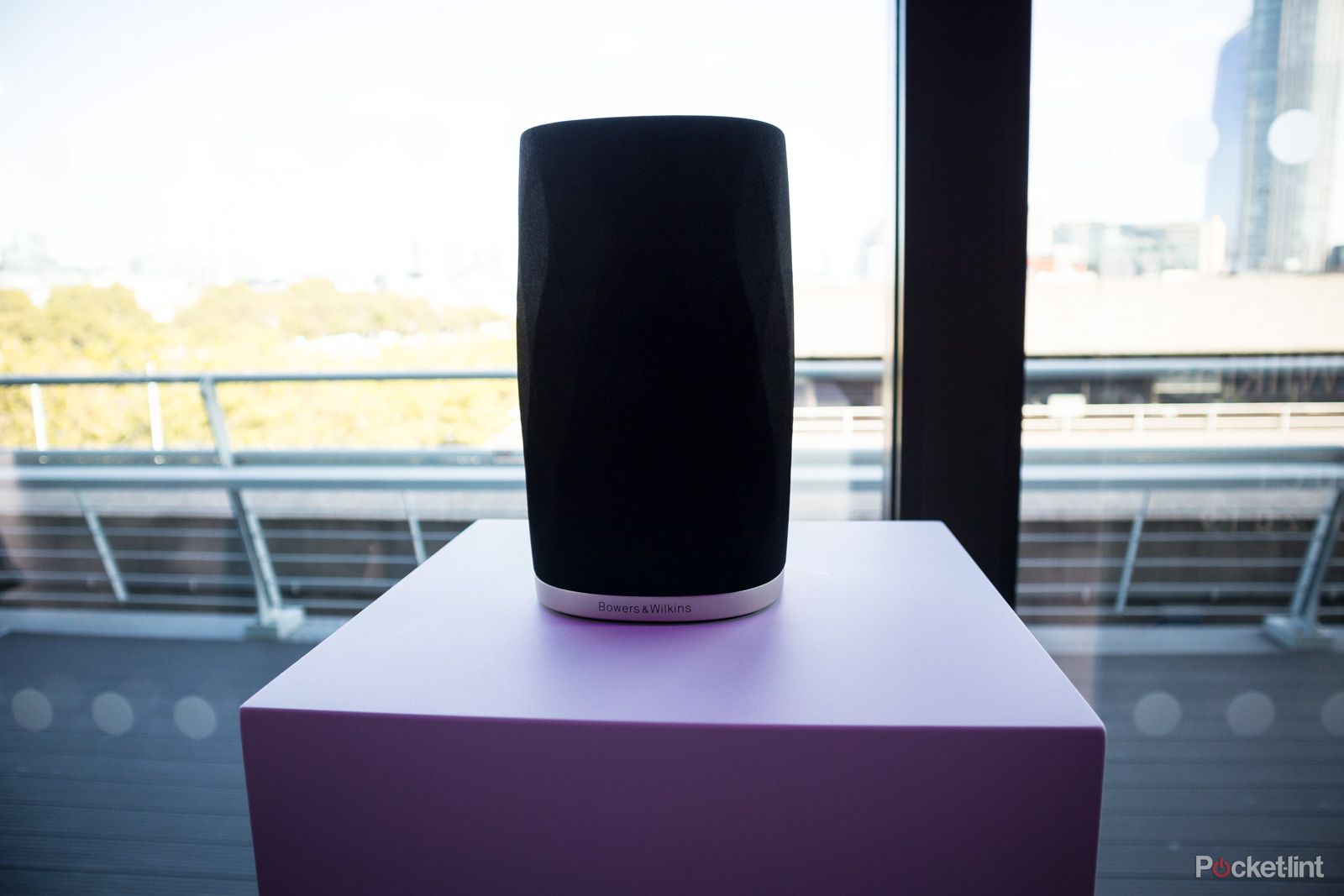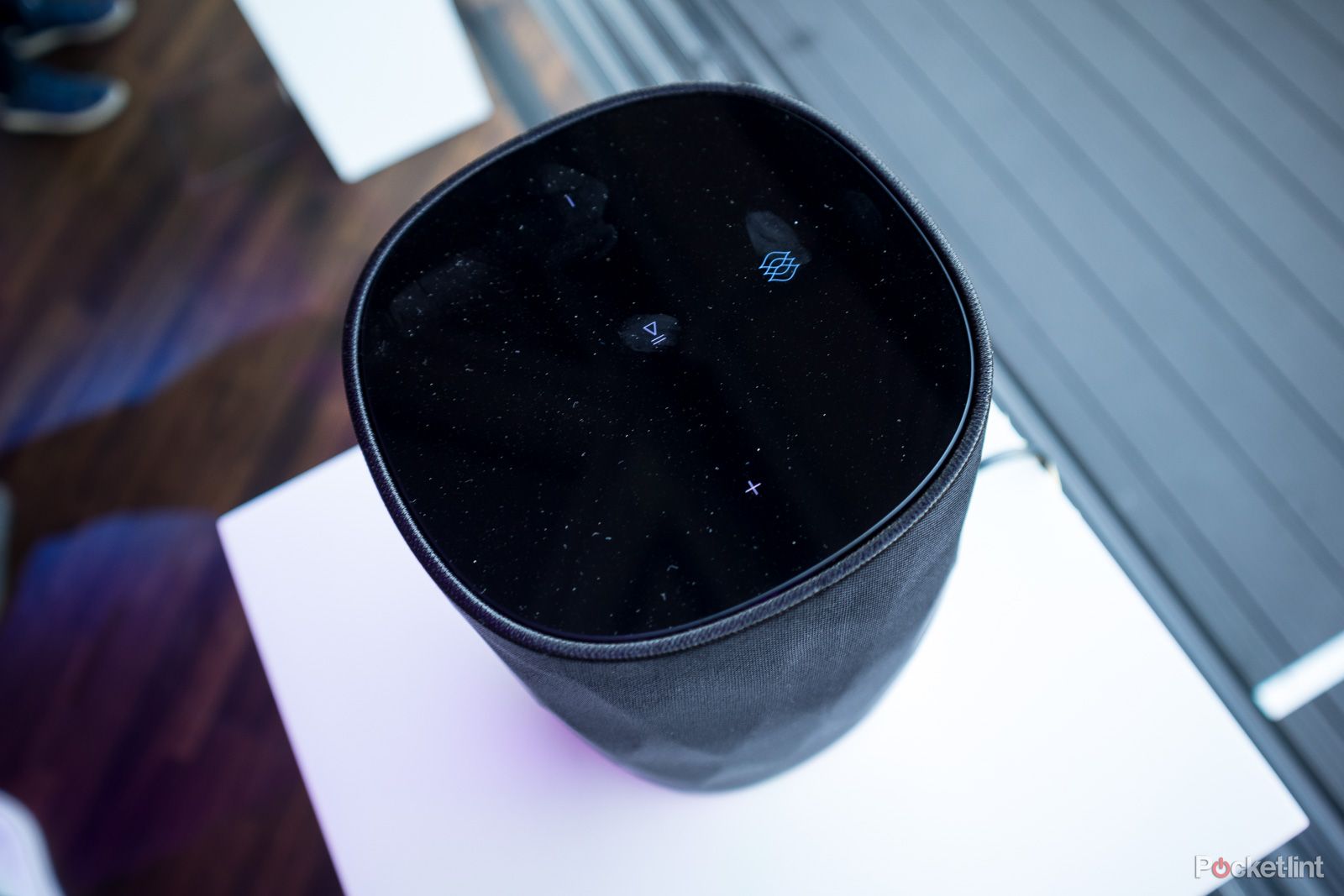Bowers & Wilkins first announced its Formation series wireless speakers in April, with a collection that includes a soundbar, subwoofer, high-end stereo pair and the "spiritual successor to the Zeppelin" in the form of the Wedge.
Our quick take
Bowers & Wilkins may not be the first to market with new technologies but it generally bides its time well, combining its audio expertise with streaming technologies that have matured well enough to bear its badge.
From what we've heard of the Formation Flex, it looks to have benefitted from that strategy again.
We look forward to giving it a proper test in the coming weeks.

Bowers & Wilkins Formation Flex initial
| FOR | AGAINST |
|---|---|
|
|
|
Rotel RB-1590 noir
However, one notable absentee at the time was a standalone, reasonably priced speaker that could work as a satellite or solo unit for quality in-room playback. Something to rival the Sonos One, basically.
That's where the new addition comes in. The Bowers & Wilkins Formation Flex is so called because it is flexible.
On its own, it provides a very decent audio experience that is capable of filling a room (we know, because we heard it in a rather large space at the National Theatre in London). But, it can also pair with other speakers in the Formation series, including a second Flex, to offer additional combinations.
For example, link two Flex speakers together and you get an excellent stereo pair - with power cables the only wires around. Or add two in a room that includes a Formation Bar and Bass subwoofer and you have two seamless rears to complete a very effective wireless 5.1 surround sound setup.
This works because streaming latency is so low in the Flex and accompanying Formation speakers that any delay is imperceptible. It also means that the single unit will fit into a multiroom setup well too, playing music completely in synch with others in the home.
We got to hear that in action, with a demo session first starting with one speaker, then two as a stereo pair, finishing with several dotted around the large room. They were all perfectly aligned as we couldn't hear any delay or overlap at all.
B&W is keen to stress that its Formation series is not to be considered a direct rival to Sonos though, even though it has some functional similarities.
The decoupled double dome tweeter inside the Flex, for example, is derived from the same tech found in the 600 Series speakers. It is also capable of a whopping 100W of output. And, the speaker is capable of playing high resolution 96/24-bit audio over the Wi-Fi connection.
In terms of look, the outside of the Flex is similarly styled to its family members - the Wedge and Bar, at least. It has the same kind of patterned exterior and similar material covering the speaker unit.
Touch controls can be found on the top, a la Sonos and many other wireless speakers these days, although it is also completely controllable through a dedicated application for iOS and Android.
Each Formation speaker uses a proprietary mesh network system for connection and the Flex is a doddle to add to an existing or new setup. Where the system differs from Sonos, for example, is that you have to push audio to it via your smartphone rather than a jukebox-like controller. It supports Spotify Connect, AirPlay 2 and Roon though, so you shouldn't have any trouble sending your favourite tunes to it.
Plus, as it's not dragging audio from the internet itself, you'll also be able to ensure you are playing tracks in the best format possible - something, from our brief listening tests so far, it is more than capable of. In fact, even without the Bass subwoofer as part of the equation, the Flex has more than enough grunt to go with its clean, precise sound.
We're waiting to test one (or a pair) in the Pocket-lint test labs for a more rounded opinion, but the signs are good so far.


